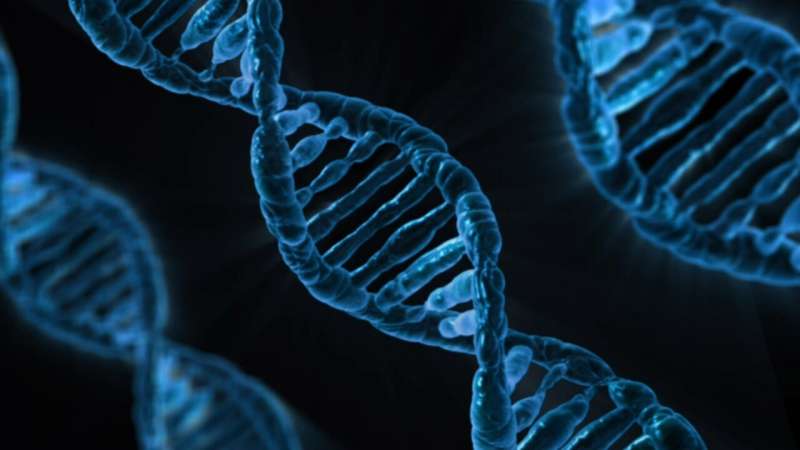This article has been reviewed according to Science X's editorial process and policies. Editors have highlighted the following attributes while ensuring the content's credibility:
fact-checked
trusted source
proofread
New gene therapy model offers hope for X-linked sideroblastic anemia treatment

Researchers at Children's Hospital of Philadelphia have pioneered a new gene therapy model that offers a potential breakthrough in treating X-linked sideroblastic anemia (XLSA), a rare congenital anemia caused by mutations in the ALAS2 gene crucial for the synthesis of heme, a key compound in hemoglobin.
The study, "A Novel Model of X-Linked Sideroblastic Anemia (Alas2-KO, XLSA) with Ring Sideroblasts, Severe Anemia, and Iron Overload is Rescued by Lentiviral Gene Transfer," was presented by the authors at the American Society of Gene & Cell Therapy's (ASGCT) 27th Annual meeting in Baltimore, Maryland, last week.
When heme synthesis is disrupted, a spectrum of symptoms such as severe anemia and iron overload can develop, typically in adult men under age 40. Current treatment options include pyridoxine supplements and blood transfusions, but there is no definitive cure except for allogeneic hematopoietic stem cell transplantation, which is only accessible to a subset of patients. Until now, the development of gene therapy research for this disease has been limited.
In this study, researchers engineered a conditional mouse model lacking the ALAS2 gene and observed hallmark symptoms like anemia and enlargement of the spleen. The model also showed the hallmark features of this disease in humans, such as ring sideroblasts, immature red blood cells that contain iron-loaded granules encircling the nucleus in a ring-like pattern. The novel model allowed researchers to develop a lentiviral vector that directs the expression of the human ALAS2 gene in erythroid cells.
Key findings showed that when the model was exposed to the vector, researchers observed significantly boosted hemoglobin and red blood cell levels, helping normalize hormone levels that control red blood cell production. Mice that received optimal doses of the vector showed significant improvements in hemoglobin levels, spleen health, and iron balance. Researchers aim to adapt this model to investigate milder forms of the disease by exploring pharmacological treatment and in vivo gene editing.
"This new model and vector may hold the keys to transforming the lives of XLSA patients," said Stefano Rivella, Ph.D., the group leader, the Kwame Ohene-Frempong Endowed Chair in Pediatric Hematology research and a faculty member in the Division of Hematology at CHOP.
"We hope our research will offer a much-needed lifeline for those impacted by this genetic disorder," said Carlo Castruccio Castracani, PharmD, Ph.D., lead scientist on the project and a Clinical Research Study Manager of the team.
More information: A Novel Model of X-Linked Sideroblastic Anemia (Alas2-KO, XLSA) with Ring Sideroblasts, Severe Anemia, and Iron Overload is Rescued by Lentiviral Gene Transfer. annualmeeting.asgct.org/abstra … ils?abstractId=97924




















